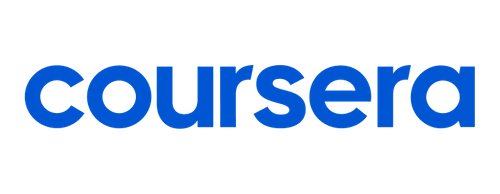1 Coupon Available
Login To View AllCourse Features
Duration
16 hours
Delivery Method
Online
Available on
Limited Access
Accessibility
Mobile, Desktop, Laptop
Language
English
Subtitles
English
Level
Advanced
Teaching Type
Self Paced
Video Content
16 hours
Course Description
Course Overview
Hands-On Training,Instructor-Moderated Discussions
Case Studies, Captstone Projects
Skills You Will Gain
What You Will Learn
Learn how to use PN Junction under Bias
Learn how to contact a Metal-Semiconductor Contact
Learn how to use optoelectronic devices
Course Instructors
Dr. Park's research is centered at discovering new optical phenomena and applications using nanoscale materials and structures and has currently three major thrusts: energy harvesting, nonlinear opti...
Course Reviews
Average Rating Based on 4 reviews
100%
1 Coupon Available
Get upto 100% - 0% Discount
